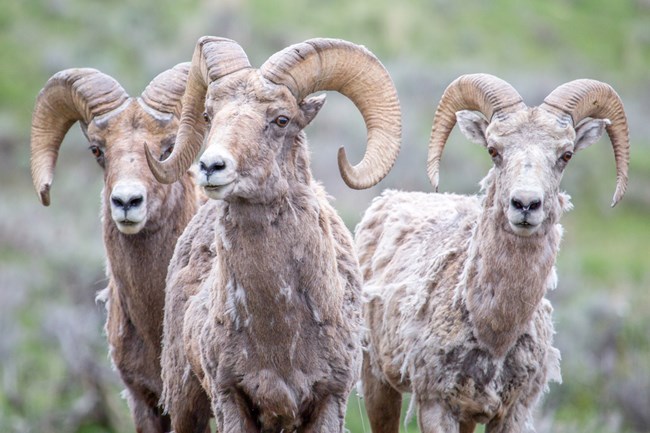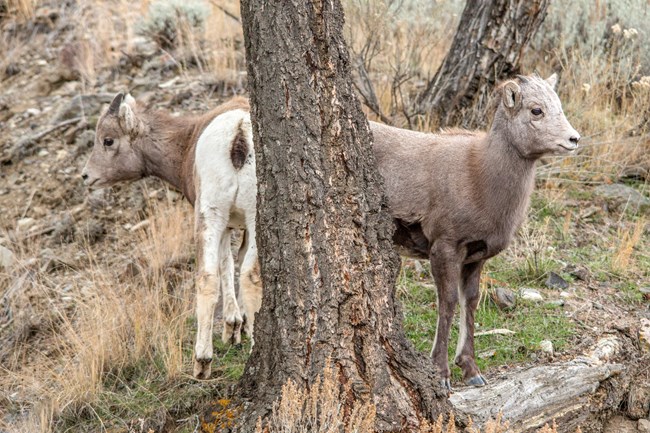
NPS/ Neal Herbert 
NPS/ Neal Herbert Ovis canadensis
Brief bio
Size and description

NPS/ Jacob W. Frank Behavior
Diet
Interactions with other animals
|
Last updated: January 3, 2024

NPS/ Neal Herbert 
NPS/ Neal Herbert Ovis canadensis
Brief bio
Size and description

NPS/ Jacob W. Frank Behavior
Diet
Interactions with other animals
|
Last updated: January 3, 2024